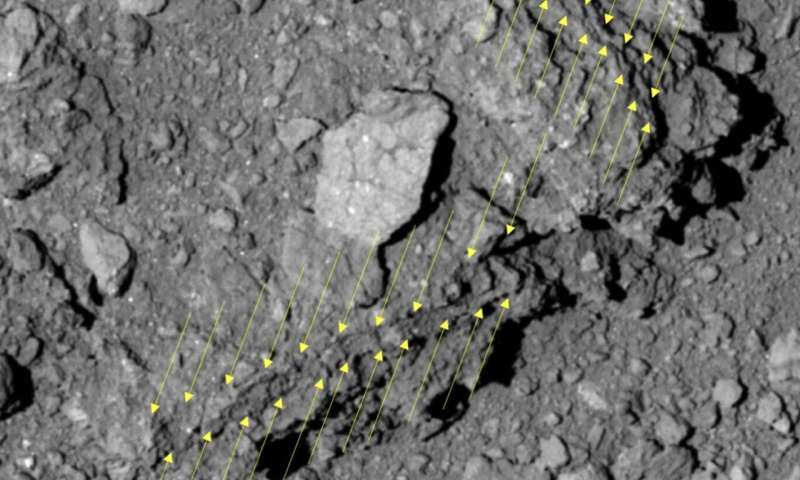Best of Last Week – Ample samples collected from asteroid, SARS-CoV-2 enters brain and a migraine breakthrough

It was a good week for space science as a team at Japan's Aerospace Exploration Agency announced that they had found ample soil and gas samples collected from the asteroid Ryugu—a capsule dropped from the Hayabusa2 spacecraft was recovered in an Australian desert two weeks ago. Also, an international team of astronomers detected possible radio emissions from an exoplanet. The bursts were found to emanate from the constellation Tau Boötes outside of our solar system and are believed to have been created by the planet itself. And a team of astronomers studying data from NASA's Hubble Space Telescope observed a dark storm on Neptune reversing direction, possibly shedding a fragment. The storm was expected to dissipate after approaching the equator but instead began moving north again.
In technology news, a team at Capella Space announced that their Capella-2 satellite was sent aloft and was ready to offer services. The satellite provides crystal-clear-resolution images of locations on Earth. Also, a team at Technische Universität Darmstadt introduced a memory-augmented, neural-network-based architecture—and showed that it could learn abstract strategies for solving problems. And a team of engineers at Tecnologico de Monterrey in Mexico created an open-source and low-cost robotic arm for online education. It allows teachers to remotely demonstrate robotics concepts during lessons. Also, a team at the University of Bath developed a system that allows users to create a realistic VR experience using a normal 360-degree camera—called OmniPhotos, the researchers claim it will open up VR photography to a whole new set of applications.
In other news, an international team of scientists published a paper describing a unique prediction of "modified gravity" that challenges dark matter theory—they claimed it more accurately predicts a galactic phenomenon that appears to defy the classic rules of gravity. Also, a team affiliated with several institutions in the U.S. found more evidence that strongly suggests the SARS-CoV-2 virus enters the brain, leading to what many with the affliction describe as "brain fog."
And finally, if you suffer from migraines, you might be interested in the findings of an international team of researchers—they made an unexpected discovery that led to a better understanding of migraines—massive "plumes" of glutamate surging in the brain.
© 2020 Science X Network